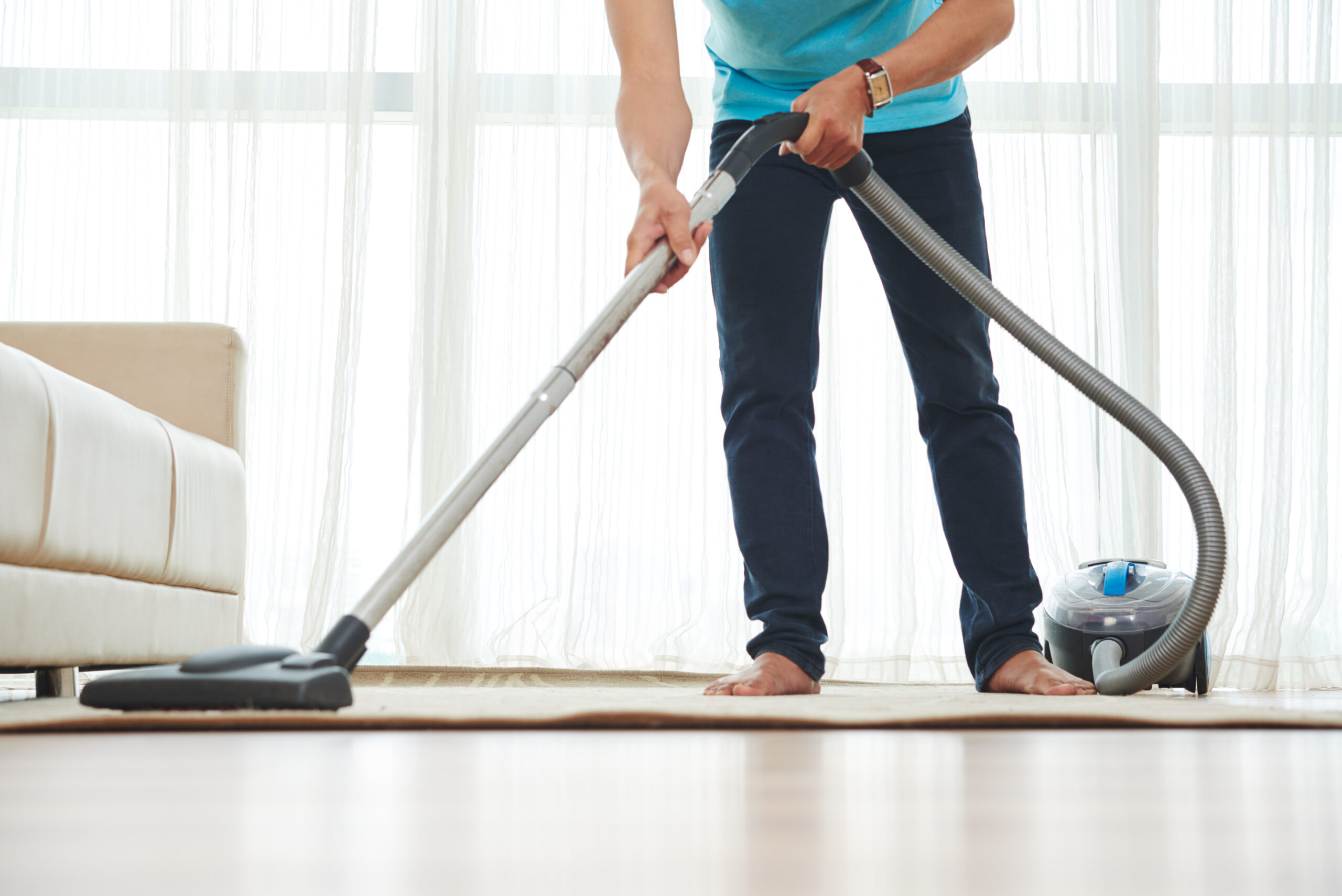A Hoover vacuum is known for its powerful suction and efficient cleaning performance.
However, if you’re experiencing issues with your Hoover vacuum not sucking properly, it can be frustrating and inconvenient.
There are several reasons why your Hoover vacuum may not be picking up dirt and debris as it should.
Here are some troubleshooting tips to help you get your Hoover vacuum back to its optimal performance.
Hoover Vacuum Won’t Suck: Troubleshooting Tips
A full or clogged bag or dustbin, dirty or clogged filters, clogged hose or attachments, air leaks, a clogged brush roll, or a faulty motor are all common causes of a Hoover vacuum not sucking properly.
Ready for step-by-step troubleshooting instructions?
Let’s dive in
Check the Vacuum Bag or Dustbin:
One common reason for poor suction in a Hoover vacuum is a full or clogged vacuum bag or dustbin.
If the bag or dustbin is full, it can restrict airflow and reduce suction power. Check the bag or dustbin and replace or empty it if it’s full.
Additionally, make sure the bag or dustbin is properly installed and securely closed to ensure proper airflow.
Check the Filters:
Filters play a crucial role in trapping dust and debris in your Hoover vacuum. If the filters are dirty or clogged, it can restrict airflow and reduce suction power.
Check the filters, including the pre-motor filter and the post-motor filter, and clean or replace them as needed. Refer to your
Hoover vacuum’s user manual for instructions on how to properly clean or replace the filters.
Connect with an Appliance Repair Technician
Click here to use the chatbox to speak with one of our skilled technicians
No in-home service calls. No appointments.
Check the Hose and Attachments:
A clogged hose or attachments can also cause poor suction in your Hoover vacuum. Detach the hose and any attachments, and inspect them for clogs or blockages.
Use a long, flexible brush or a straightened coat hanger to remove any debris from the hose or attachments.
Reattach them securely to the vacuum and try using it again.
Check for Leaks: Air leaks in the vacuum can also affect its suction power. Check for any cracks, holes, or gaps in the vacuum’s hose, attachments, or dustbin.
If you find any leaks, you may need to repair or replace the affected parts to restore proper suction.
Check the Brushroll:
The brushroll, also known as the beater bar, is the spinning brush at the bottom of the vacuum that helps agitate and lift dirt from carpets.
If the brushroll is clogged with hair or debris, it can impede the vacuum’s ability to pick up dirt.
Turn off the vacuum and use scissors or a brush to carefully remove any tangled hair or debris from the brushroll.
Check the Motor:
If none of the above troubleshooting steps resolve the issue, it’s possible that there may be an issue with the vacuum’s motor.
A faulty motor can result in reduced suction power or no suction at all.
In this case, it’s best to consult an appliance technician or contact Hoover customer support for further assistance.
Connect with an Appliance Repair Technician
Click here to use the chatbox to speak with one of our skilled technicians
No in-home service calls. No appointments.
Final Thoughts
In conclusion, a Hoover vacuum may not suck properly due to a full or clogged bag or dustbin, dirty or clogged filters, clogged hose or attachments, air leaks, a clogged brushroll, or a faulty motor.
By following the troubleshooting tips mentioned above, you can identify and resolve the issue with your Hoover vacuum and restore its suction power for efficient and effective cleaning.
If you’re unable to fix the problem on your own, it’s recommended to seek professional assistance from a Hoover authorized service center or contact Hoover customer support for further guidance.
Connect with an Appliance Repair Technician
Click here to use the chatbox to speak with one of our skilled technicians
No in-home service calls. No appointments.
Related Articles
- Why Dyson Vacuums So Popular? (Explained)
- Why Does My Miele Vacuum Smell? (Solutions)
- Kenmore Vacuum Problems: 7 Common Issues (with simple fixes)
References
- cImage by pressfoto on Freepik

